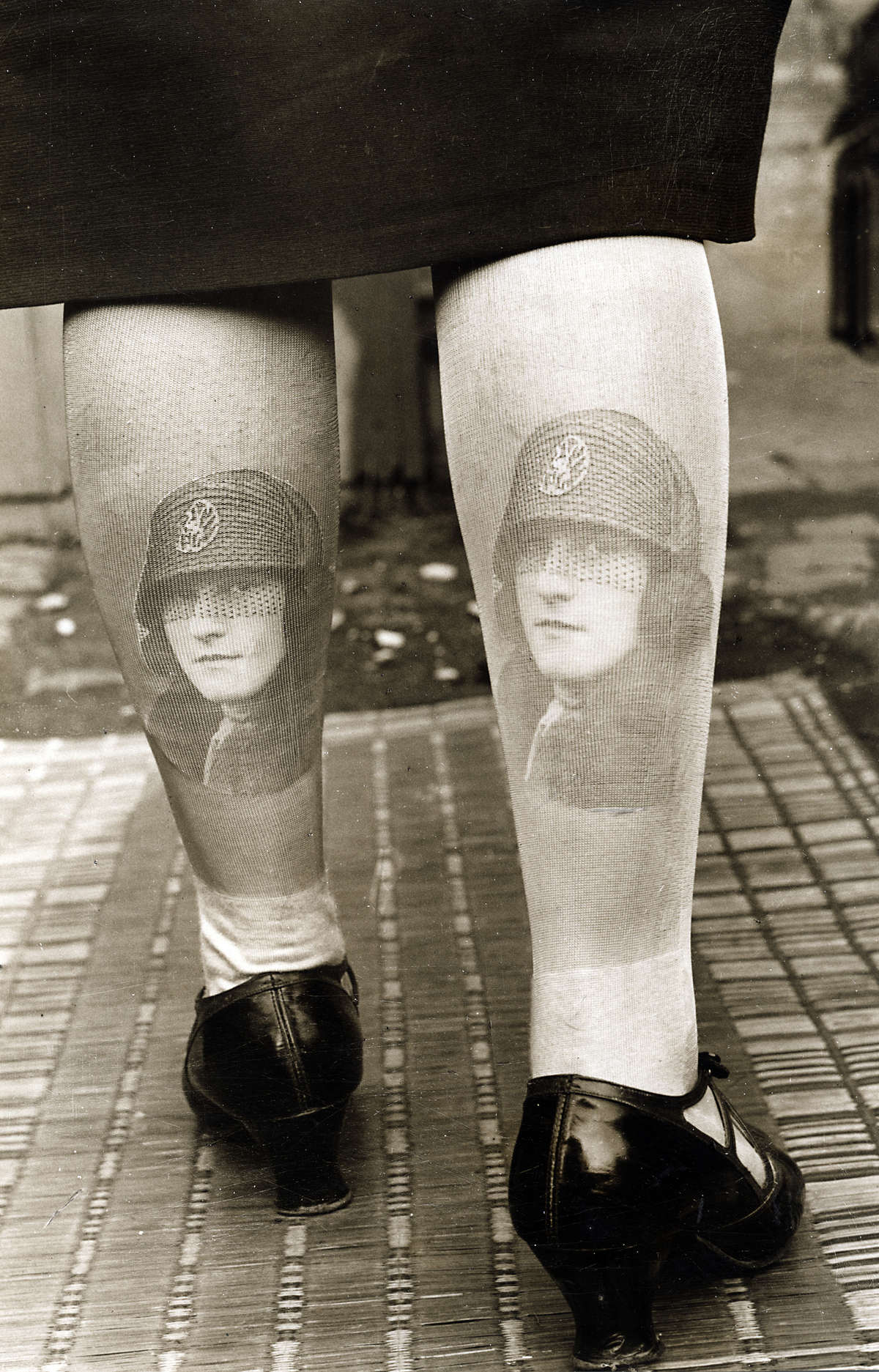
Cat Family by Imre Kinszki

images that haunt us





















Cilli Wang (1909-2005) was a Viennese dancer and cabaret artist. She attended dance classes at the Vienna Academy of Music and Performing Arts (Max Reinhardt Seminar) with Gertrud Bodenwieser. In 1928 she gave her first performance by dancing to the recitation of the actor Ernst Ceiss.
In the 1930s she evolved into a transformational artist, appearing on cabaret and small art stages, such as Erika Mann’s “Pfeffermühle” in Zurich, the “Catakombe” in Berlin and, not least, in “Lieben Augustin” and “Simpl” in Vienna.
Her trademark were pantomimic dances and performances with parodic, grotesque and illusionistic elements – which she herself called Verwandeleien / transformations (she also designs her own costumes as well as the puppets and props she used).
For her parodic performances, which were a rarity in her time, she was called the Pavlova of Parody. Initially performing in ensembles, her interest was in the connection between spoken word and movement. She created dance movement numbers to Goethe, Wilhelm Busch and Christian Morgenstern, which she recited herself. She parodied Hitler and made fun of folk dances. Her talent for comic numbers led to comparisons with Charlie Chaplin.
text adapted from Theatermuseum Wien & German wikipedia entry

